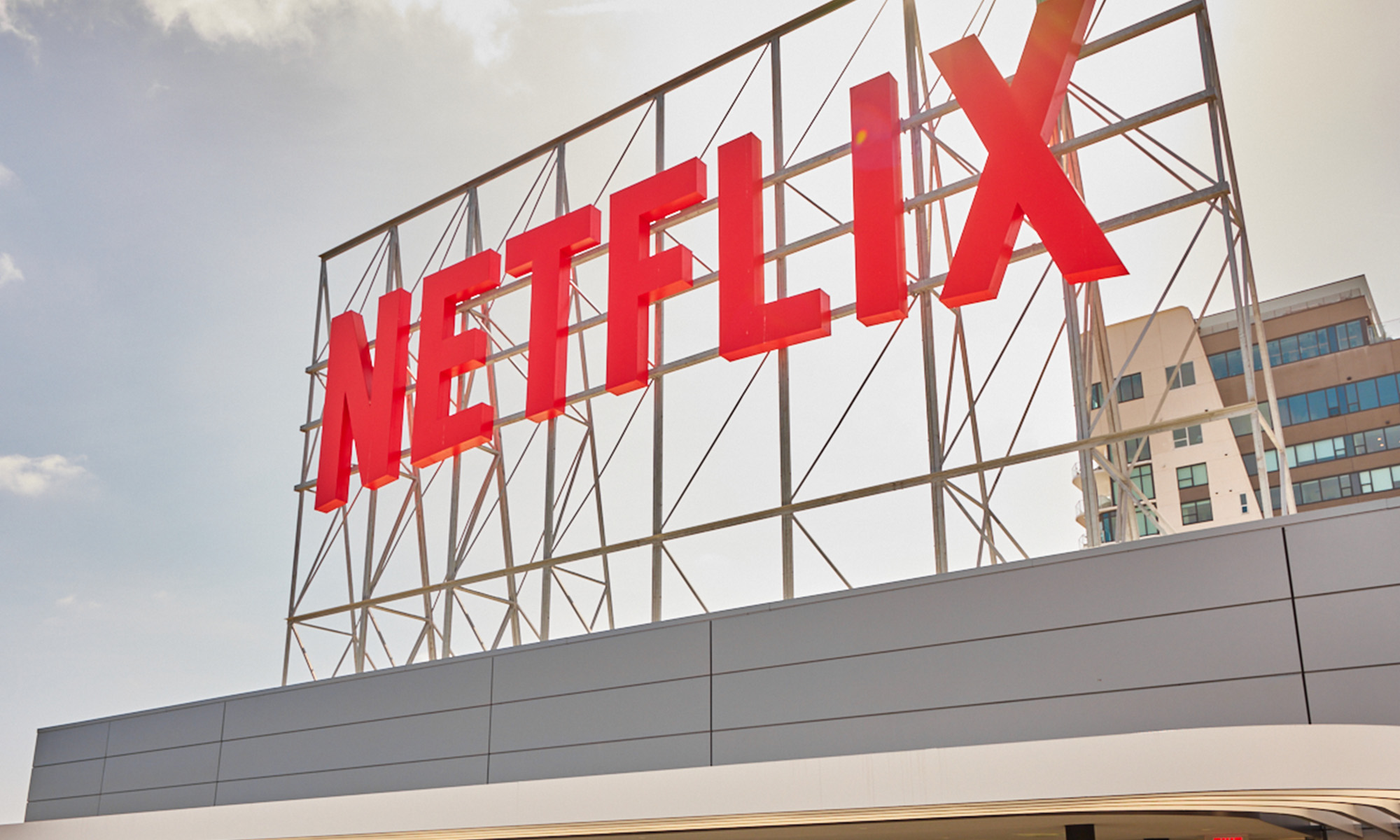Netflix (NFLX +0.25%) warned investors at the beginning of the year that it plans to increase its marketing spend over 50% in 2018 to about $2 billion. And through the first half of the year, Netflix has spent almost exactly half of that $2 billion budget.
But the company's underwhelming subscriber growth in the second quarter might have investors wondering whether that increased investment in marketing is really worth it. After all, the entire point of marketing is to increase sales.
During the company's earnings interview, management gave some additional details on how the company is allocating its marketing budget. The information they provided suggest investors might see even more lumpiness with regard to subscriber additions.

Image source: Netflix.
Where does all that money go?
CFO David Wells explained the shift in marketing philosophy as Netflix has matured. "We've been out of the, sort of, 'we spend this much on marketing, we grow this much directly in a quarter.' Only a fraction of our spend is oriented around direct acquisition," he said. "The majority of the marketing spend -- call it 80%-85% -- is oriented around building title brands."
That percentage is likely higher in the United States and more established markets, where Netflix's brand and product recognition are already extremely high. (You'd be hard pressed to find someone in the U.S. over 5 years old that doesn't know what Netflix is.)
Wells noted at an investors conference earlier this year that most of its spending in its established markets is around content, while in newer markets it's still focused on explaining what Netflix is and why consumers should subscribe. The new comment gives investors some numbers to see where that balance is.
CEO Reed Hastings asked his team a follow-up question regarding the push to gain more Emmy nominations. Head of content Ted Sarandos noted the company received more nominations than any other network this year, and it had 40 different series nominated.
A lot of the company's marketing spend this year, at least in the U.S., might have gone toward gaining more Emmy nominations. That spend won't have an immediate impact, as nominations were only just announced and the award ceremony isn't until September. It will, however, put a lot of pressure on Netflix to win.
Still learning the ropes
Netflix's management was quick to point out that it's still in the process of learning what kind of advertising works for what type of content and how much it should be spending. Wells noted there's evidence that its title brand advertising is driving subscriber growth, but it's still working to maximize the efficiency of its marketing spend.
If there's one thing Netflix is really good at, it's parsing data to maximize its spending efficiency. With the big ramp-up in marketing spend, a lot of what Netflix is doing in marketing is probably very inefficient. But management has the tools to take feedback and iterate on the process.
That process might take a while, as Netflix guided for disappointing third-quarter net adds as well. The company expects 5 million net additions next quarter, down from 5.3 million in the third quarter last year. Ultimately, however, Netflix should start to see better marketing efficiency over time as it figures out the best way to use its marketing budget.
While Netflix's subscriber growth disappointed, especially in light of the increased ad spending, investors shouldn't get too worried. A good amount of the marketing budget went toward the Emmys and general title marketing.
That kind of marketing can be inconsistent, and it's heavily reliant on how consumers react to the titles Netflix is pushing. Combine that with the learning curve Netflix is on, and it's no surprise that it's having a hard time predicting how many subscribers it'll add in a certain quarter. As long as the long-term trend continues, Netflix will be OK.






